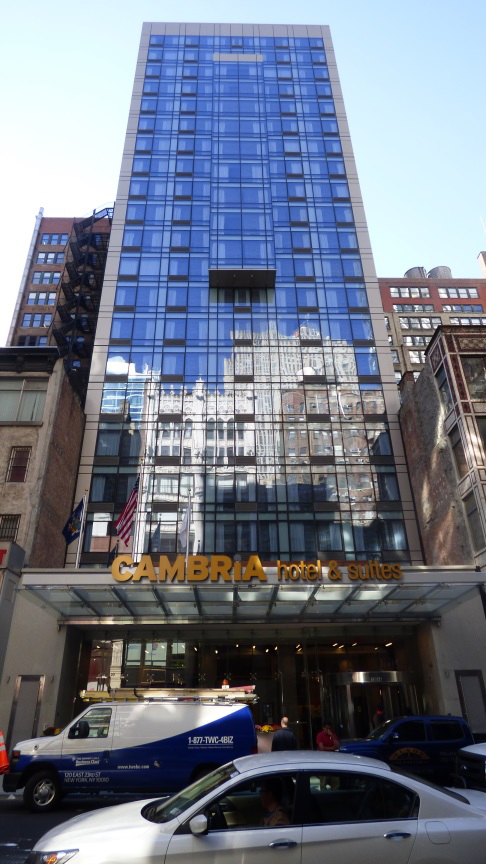Clean Energy Group releases new solar+storage report
MONTPELIER, VT Solar combined with energy storage systems (solar+storage) can help protect vulnerable populations during power outages in multifamily affordable housing and provide an economic return to building owners, according to a new report by Clean Energy Group, a national nonprofit organization working to increase the deployment of clean energy technologies.
The analysis of how solar+storage could benefit low-income communities, “Resilience for Free: How Solar+Storage Could Protect Multifamily Affordable Housing from Power Outages at Little or No Net Cost,” stresses the need to make vulnerable populations – including seniors, disabled people, and low-income families – more power resilient in the face of natural disasters.
Three years ago, Superstorm Sandy knocked out power to over eight million people, stranding residents and threatening lives because of the lack of electricity needed to power critical services such as elevators, heating and cooling systems, communications, and other life-supporting technologies.
“Three years after Sandy, we now know that solar+storage in affordable housing can mean the difference between safety and tragedy,” said co-author Lewis Milford, Clean Energy Group president and nonresident senior fellow at the Brookings Institution. “But this analysis shows us something we didn’t expect – these new resilient power technologies can make economic sense for building owners to install now, not years from now.”
Resilience for Free uses project data for buildings in New York, Chicago, and Washington, D.C. to examine the financial case for installing solar+storage systems to support critical common area loads in multifamily affordable housing. The report concludes that with the right market structures and incentives, solar+storage systems can provide a positive economic return on par with energy efficiency or stand-alone solar. In some cases, the addition of batteries improves affordable housing project economics by generating significant electric bill savings through reducing utility demand charges and creating revenue by providing grid services.
“The consequences of losing power are stark, especially for low-income residents, seniors, and disabled people,” said report co-author Robert Sanders, Senior Finance Director at Clean Energy Group. “In markets where these favorable economics exist, there is no excuse to leave low-income and vulnerable people at risk from power outages in the future.”
The report’s findings should encourage housing developers to seriously consider installing solar+storage technologies to protect residents from future power outages and to reduce their buildings’ overall operating expenses. Resilience for Free recommends that states like New York, where the economics of solar+storage are the least favorable of the three cities studied, should consider new energy storage incentives to better protect their most vulnerable residents.
“Policymakers should implement more targeted incentive programs to encourage solar+storage deployment in low-income communities now, so we don’t wait another decade for the benefits of these technologies to trickle down to the those in need, as happened with stand-alone solar,” said Seth Mullendore, a project manager at Clean Energy Group and co-author of the report. “With storms of Sandy’s strength expected to make landfall more frequently in the future, there’s no time to lose.”
The full report is available online at http://bit.ly/Resilience-For-Free.
Clean Energy Group will be hosting a webinar on this report on October 29th. Details on this free webinar are available at http://bit.ly/Resilience-For-Free-Webinar.
IREON Insights: DURA Architectural Signage manufactures and delivers over one million signs









.gif)

.gif)
.jpg)
.gif)